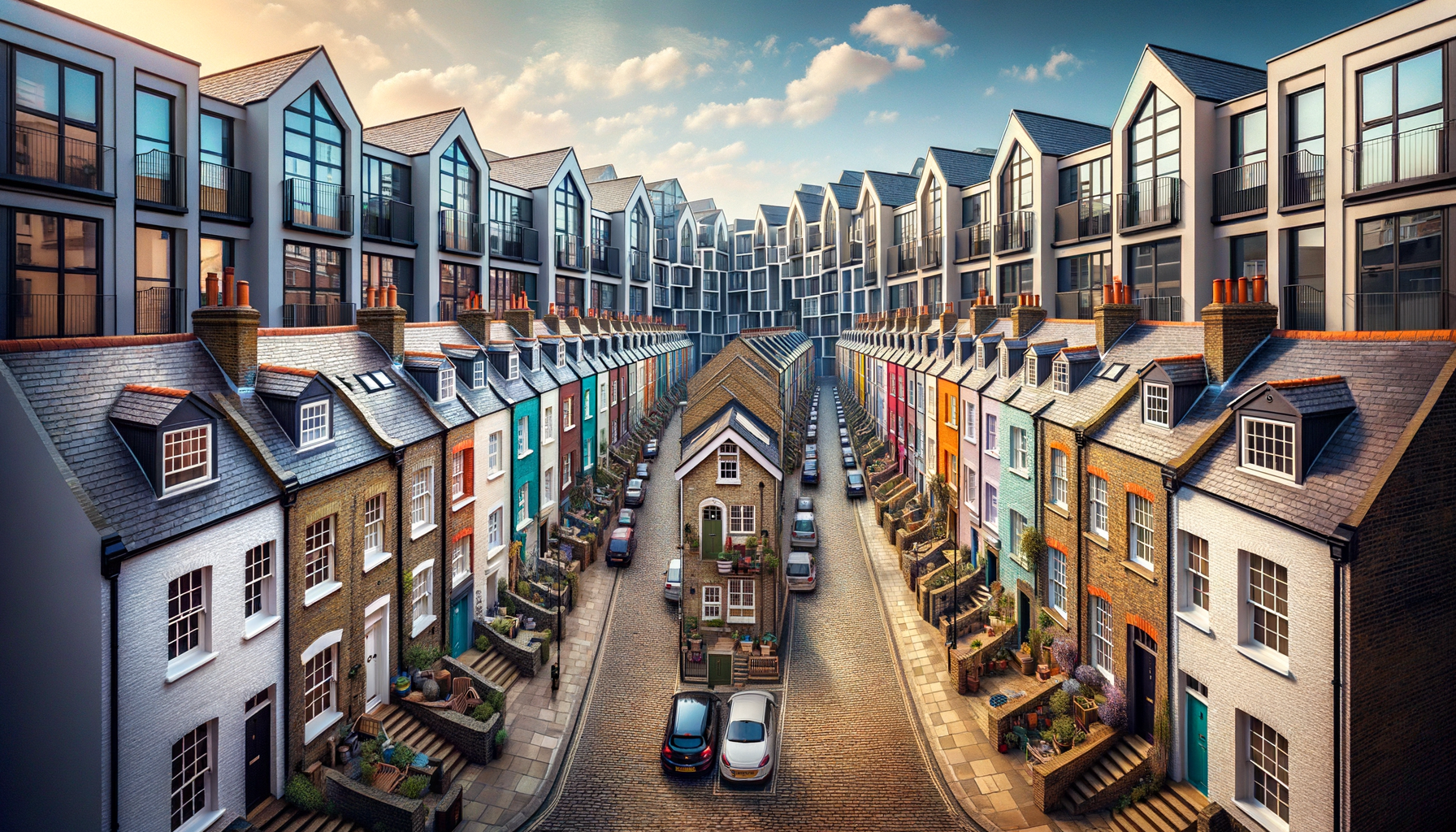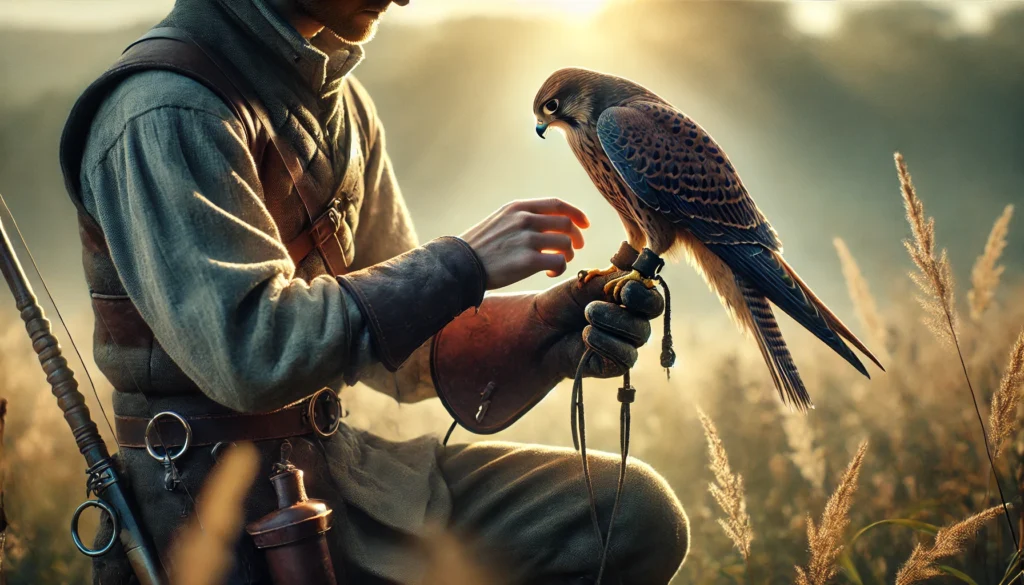Key Aspects of Mews and Housing
- Indoor and Outdoor Space: Mews should have both indoor and outdoor areas for birds to explore and exercise.
- Protection: The design must protect birds from wind, rain, and predators.
- Perches and Roosts: Provide varied perches at different heights to encourage natural behaviors.
- Substrate: Use appropriate floor materials like grass, sand, or gravel for easy cleaning and comfort.
- Temperature Control: Ensure the mews have proper insulation and ventilation for climate control.
- Cleanliness: Regular cleaning routines are essential to maintain hygiene and prevent diseases.
- Safety Measures: Install safety features to prevent escapes and injuries.
- Diet and Water: Always have fresh water and suitable diet provisions readily available.
- Social Interaction: Design the space to allow for social interaction between birds, if it’s safe for their species.
- Enrichment: Provide toys, puzzles, and natural elements to keep birds mentally stimulated.
Your falconry experience starts with understanding the essentials of mews and housing, creating a safe and enriching environment for your majestic birds.
Discover the Secret to Happy Falcons: Mews and Housing Essentials
Welcome, fellow falconry enthusiasts! Picture this: Traveling through the lush, green landscapes of Ireland, you stumble upon a cozy, traditional Irish cottage. Just as that snug little cottage is perfect for an Irish family, creating the right mews for your falcons is essential for keeping them happy and healthy.
At Learn Falconry, we believe that understanding and providing proper housing for your birds of prey is as important as mastering the art of falconry itself. In this article, we will guide you through the fascinating world of mews and housing, ensuring your majestic companions enjoy a comfortable and safe home.
Whether you’re new to falconry or an experienced handler, learning the ins and outs of mews will enhance your understanding and bond with your birds. So, dive in and discover all there is to know about creating the perfect sanctuary for your feathered friends. Trust us, you won’t want to miss this!
Understanding Falcon Mews and Housing for Falcons
Falcon mews, also known as falconry housing, are special shelters designed to keep falcons safe, healthy, and comfortable. Mews are an essential part of falconry, providing a place for falcons to rest, eat, and stay protected when they are not flying or training.
What is a Falcon Mews?
A falcon mews is a specially constructed enclosure where falconry birds are housed. The design of falcon mews can vary, but their primary purpose is to ensure the wellbeing of falcons by offering a secure and suitable environment. It’s important for mews to be spacious enough to allow the bird to stretch its wings without hitting anything, and they should include perches, water sources, and proper ventilation.
For more information about the equipment and design of falcon mews, you can visit our detailed guide on falconry equipment.
Importance of Proper Falcon Housing
Falcon housing is a critical aspect of maintaining the health and fitness of the bird. Good falconry housing not only provides physical safety but also supports the falcon’s mental health. A well-designed housing setup prevents stress and ensures the falcon’s comfort, which is crucial for their performance during training and hunting.
Proper housing includes:
- Spacious Mews: Falcons need space to move around and exercise their wings.
- Perches: These should be comfortable and positioned at varying heights to accommodate different behaviors.
- Weathering Areas: Outdoor spaces where falcons can enjoy fresh air and sunlight while being protected from predators.
- Feeding and Watering Stations: Easy access to clean food and water is essential.
Discover more on how to set up a suitable environment for your falcon in our beginner’s guide to setting up mews.
Key Features of Falconry Housing
Falconry housing must meet several key criteria to ensure it provides a suitable living environment for the bird. These include:
- Safety: The mews should be secure from predators, stray animals, and potential threats.
- Ventilation: Proper air circulation to avoid respiratory issues which are common in birds of prey.
- Hygiene: Easy-to-clean surfaces to maintain hygiene and prevent disease.
Building and Maintaining Falcon Mews
Designing and building a falcon mews requires careful planning and consideration. Materials used should be durable and safe for birds, avoiding sharp edges or toxic substances. Regular maintenance of the mews is essential to ensure it remains in good condition, providing a healthy habitat for your falcon.
For more advanced tips and methods on maintaining and improving your falcon’s housing, explore our resources on advanced housing techniques.
Legal and Ethical Considerations
When setting up falcon housing, it’s also important to be aware of legal regulations and ethical practices in falconry. Laws may vary depending on your location, so ensure you are compliant with local, national, and international regulations. Ethical housing practices contribute to the health and wellbeing of your bird and support conservation efforts.
Learn more about the legal aspects of falconry in our comprehensive guide.
Conclusion
Creating the perfect housing for your falcon is a foundational step in successful falconry. It’s not just about providing shelter but ensuring a nurturing, safe, and ethical environment for your majestic bird. As you embark on this journey, we have a wealth of resources at Learn Falconry to assist you every step of the way.
For further reading, check our articles on Falconry Techniques and Falcon Health & Nutrition to keep your falcon in top shape!
Essential Guidelines for Falconry Mews and Housing
General Guidelines for Falcon Mews
Creating a suitable living space for falcons involves adhering to some specific and essential guidelines. This ensures their safety, comfort, and well-being. Here is an overview:
| Bird Species | Recommended Mew Dimensions |
|---|---|
| Northern Goshawk | 6′ x 8′ x 7′ |
| Rough-legged Hawk | 6′ x 8′ x 7′ |
| Ferruginous Hawk | 6′ x 8′ x 7′ |
| Red-tailed Hawk | 6′ x 8′ x 7′ |
| Swainson’s Hawk | 6′ x 8′ x 7′ |
| Harris’ Hawk | 6′ x 8′ x 7′ |
| Gyr Falcon | 6′ x 8′ x 7′ |
| Prairie Falcon | 6′ x 8′ x 7′ |
| Peregrine Falcon | 6′ x 8′ x 7′ |
| Cooper’s Hawk | 6′ x 6′ x 6′ |
| Sharp-shinned Hawk | 6′ x 6′ x 6′ |
| Northern Harrier | 6′ x 6′ x 6′ |
| American Kestrel | 6′ x 6′ x 6′ |
| Merlin | 6′ x 6′ x 6′ |
- Walls: Walls can be constructed from materials like wood, fiberglass, or covered chain link, ensuring all nails, screws, and wood splinters are safely concealed. Burying the lower part of the walls or using chicken wire along the exterior base helps prevent predator attacks.
- Windows: Use vertical lathing or dowels placed on the inside. Avoid chicken wire, as it does not provide adequate protection.
- Flooring: Options include wood shavings, natural flooring (such as dirt or sand), or pea gravel. Concrete floors are permissible but should be regularly cleaned and disinfected.
- Perches: Supply multiple perches at different heights, including one near a window. Suitable materials for perches include artificial turf, hemp rope, or indoor/outdoor carpeting. Some birds prefer round perches or covered dowelings.
- Doors: Implement a double-door system equipped with a key or combination lock for enhanced security.
Specific Requirements for Different Species
Here’s a closer look at the specific housing needs for a few falcon species:
| Bird Species | Minimum Mew Dimensions |
|---|---|
| Northern Goshawk | 6′ x 8′ x 7′ |
| Cooper’s Hawk | 6′ x 6′ x 6′ |
| Peregrine Falcon | 6′ x 8′ x 7′ |
Additional Considerations
- Temperature: Maintain a healthful temperature range within the facilities to ensure the birds’ comfort.
- Predator Protection: Utilize methods to make the facilities completely predator-proof.
- Environmental Protection: The housing should be shielded from high winds, winter storms, and any disturbances that could cause injury to the falcons.
These are the foundational guidelines for housing falcons in a manner that prioritizes their health and safety. Implementing these will provide a secure, comfortable, and enriching environment for your feathered companions.
Ensuring Comfortable Homes for Falconry Birds
Creating the perfect mews and housing for falconry birds requires attention to detail and adherence to specific guidelines. We have learned that the ideal mews dimensions vary depending on the bird species, ranging from 6′ x 8′ x 7′ for larger birds like the Northern Goshawk and Peregrine Falcon to 6′ x 6′ x 6′ for smaller birds such as the Cooper’s Hawk.
Construction materials for walls, windows, and flooring must be carefully chosen for safety and comfort. For example, wooden or fiberglass walls, natural flooring, and soft perches offer stability and coziness. Moreover, predator-proofing measures, temperature control, and protection from harsh weather are essential to keeping these amazing creatures secure and healthy.
By following these comprehensive guidelines, falconers can ensure their birds have safe, comfortable homes that support their well-being. Whether you are a seasoned falconer or new to the practice, investing time and care in creating optimal housing will pay off in happier and healthier birds.



